- Home
- Foot & Ankle Conditions
- Arch Conditions: Flat Feet and Cavus Foot
Arch Conditions: Flat Feet and Cavus Foot
- Published 12/28/2018
- Last Reviewed 4/8/2024
Flat foot vs. cavus foot
Flatfoot and cavus foot describe several complex foot disorders, each with its own causes and symptoms.
If you have flat feet, also known as pes planus, you will have a very low arch or no arch at all, meaning one or both of the soles of your feet press flat on the ground.
Cavus foot is the exact opposite of flat foot and occurs when the arch is higher than normal. It's also known as pes cavus and much like flat foot, it can cause a number of issues, including pain in the foot, hips, knees, and lower back.
- What are flat feet?
- What are the symptoms of flat feet?
- How is flatfeet diagnosed?
- How is flatfoot treated?
- What is a cavus foot?
- What are the symptoms of cavus foot?
- What are common causes of cavus foot?
- What are the treatment options for cavus foot?
- Why UFAI is the best choice for your foot care
- Flat feet and cavus feet FAQs
- What are the best shoes for flat feet?
- Are flat feet genetic?
- Can flat feet cause knee pain?
- Can flat feet cause back pain?
- Can flat feet cause shin splints?
- Can flat feet cause plantar fasciitis?
- What are the best shoes for high arches?
-
ABFAS® Board Certified in Foot and Ankle Surgery and Co-Director of University Foot and Ankle Institute
Board-Certified Podiatric Foot and Ankle Specialist, Dr. Gary Briskin, DPM, FACFAS, began his medical training by serving a residency at Flint General Hospital in Michigan. Once completed, he established a practice in Century City Hospital, where he soon became chief of podiatric surgery.
Dr. Briskin is a Diplomat of the American Board of Podiatric Surgery and a Fellow of the American College of Foot and Ankle Surgeons. He also serves as an assistant clinical professor at the UCLA School of Medicine and is co-founder and co-director of University Foot and Ankle Institute.
 No More pain in My feet Nor pain meds Needed Since I Became a Patient here!!!Kassaundra K.
No More pain in My feet Nor pain meds Needed Since I Became a Patient here!!!Kassaundra K. My experience was very good. Dr. Kelman was quick but thorough. He has a good sense of humor and is very pleasant.Isabel B.
My experience was very good. Dr. Kelman was quick but thorough. He has a good sense of humor and is very pleasant.Isabel B. You were recommended by a friend and I will surely pass that to my friends shouldmany be inPhilip M.
You were recommended by a friend and I will surely pass that to my friends shouldmany be inPhilip M. He is informed,smart and current in information. Helped me a lot. Recommended Medicine for my toe nails,he cultured first and m...Theresa M.
He is informed,smart and current in information. Helped me a lot. Recommended Medicine for my toe nails,he cultured first and m...Theresa M. Would rather deal directly with the local office.Andrea G.
Would rather deal directly with the local office.Andrea G. Dr. Kerman has explained my issues very well and we have a plan that will hopefully alleviate my pain.Eva S.
Dr. Kerman has explained my issues very well and we have a plan that will hopefully alleviate my pain.Eva S. The Feld-Man rocksMark L.
The Feld-Man rocksMark L. Dr. Johnson is terrific: competent, caring, and communicative. Also, he shows he is a real human, not just filling a role of do...Sharon S.
Dr. Johnson is terrific: competent, caring, and communicative. Also, he shows he is a real human, not just filling a role of do...Sharon S. Your staff are always caring and professional.
Your staff are always caring and professional.
I like Dr Bob and Dr Gina very much.Linda T. You guys are really good over there. Okay, I love my doctor jafari. He's very knowledgeable. Makes me feel comfortable and yeah...David J.
You guys are really good over there. Okay, I love my doctor jafari. He's very knowledgeable. Makes me feel comfortable and yeah...David J. Dr Johnson was really lovely and took the time to make my young son comfortable and at ease. He was honest about not being spec...Conaill H.
Dr Johnson was really lovely and took the time to make my young son comfortable and at ease. He was honest about not being spec...Conaill H. Dr. Naei and her staff are pleasant and accommodating. Dr. Naei listens and does everything within her power to assist the pati...Carmen F.
Dr. Naei and her staff are pleasant and accommodating. Dr. Naei listens and does everything within her power to assist the pati...Carmen F.
-
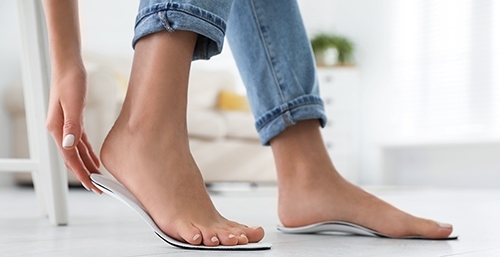 Listen Now
All About Foot Arch Pain and Foot Arch Cramps
Read More
Listen Now
All About Foot Arch Pain and Foot Arch Cramps
Read More
-
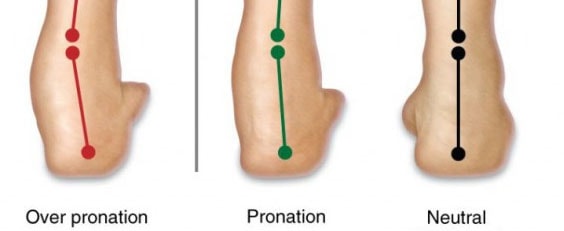 Listen Now
Overpronation: What Is It and How Can You Correct It?
Read More
Listen Now
Overpronation: What Is It and How Can You Correct It?
Read More
-
![Flatfoot Reconstruction Is Best Option For Patients Of Any Age [New Study]](//ufai.cachefly.net/blog/wp-content/uploads/2018/04/Flat-Foot-Reconstructive-Surgery.jpg) Listen Now
Flatfoot Reconstruction Is Best Option For Patients Of Any Age [New Study]
Read More
Listen Now
Flatfoot Reconstruction Is Best Option For Patients Of Any Age [New Study]
Read More
-
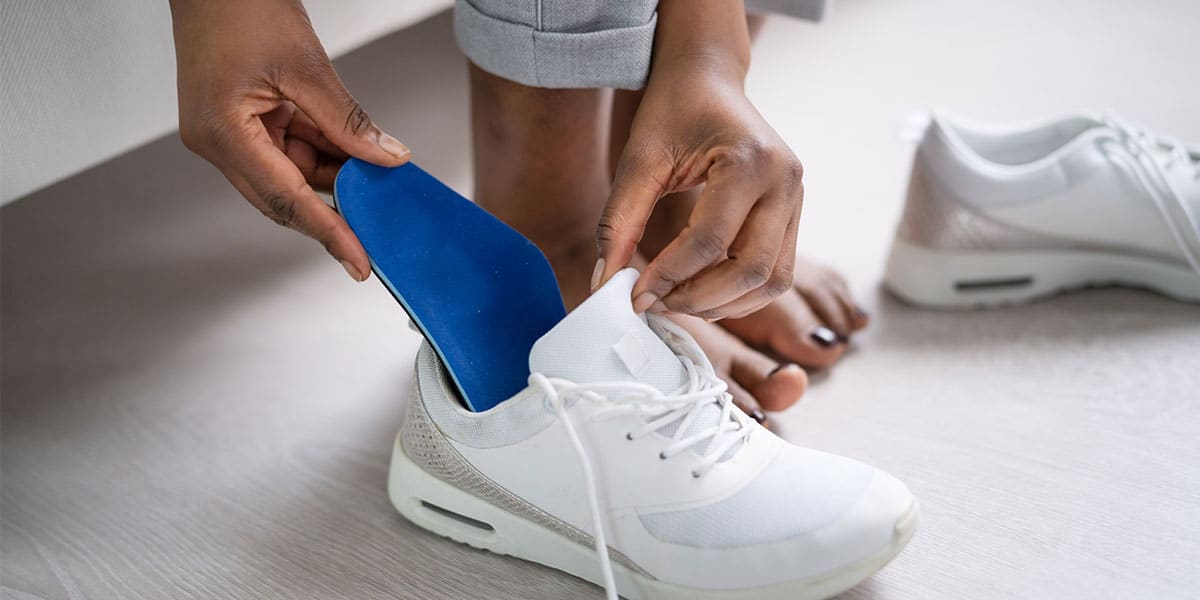 Listen Now
Custom Orthotics vs. Over-the-Counter Inserts: Which Are Best for Your Feet?
Read More
Listen Now
Custom Orthotics vs. Over-the-Counter Inserts: Which Are Best for Your Feet?
Read More
-
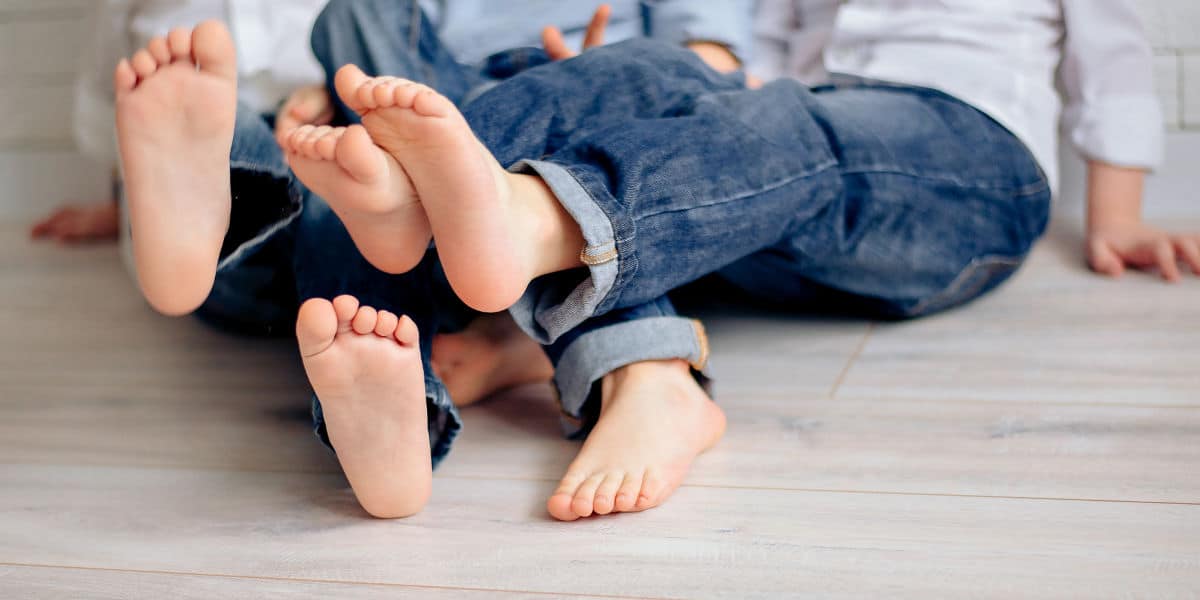 Listen Now
The Power of Pediatric Flexible Flatfoot Procedures
Read More
Listen Now
The Power of Pediatric Flexible Flatfoot Procedures
Read More
-
 Listen Now
How to Choose Running Shoes: 6 Essential Steps
Read More
Listen Now
How to Choose Running Shoes: 6 Essential Steps
Read More
-
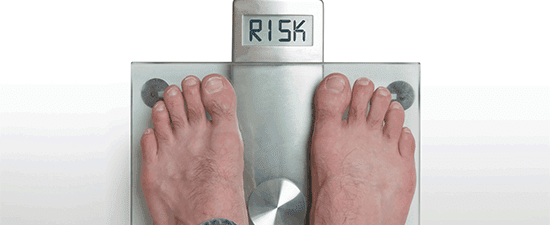 Listen Now
How Carrying Extra Weight Affects Your Feet and Ankles
Read More
Listen Now
How Carrying Extra Weight Affects Your Feet and Ankles
Read More
-
 Listen Now
How To Tell If You Have Wide Feet
Read More
Listen Now
How To Tell If You Have Wide Feet
Read More




![Flatfoot Reconstruction Is Best Option For Patients Of Any Age [New Study]](http://ufai.cachefly.net/blog/wp-content/uploads/2018/04/Flat-Foot-Reconstructive-Surgery.jpg)




